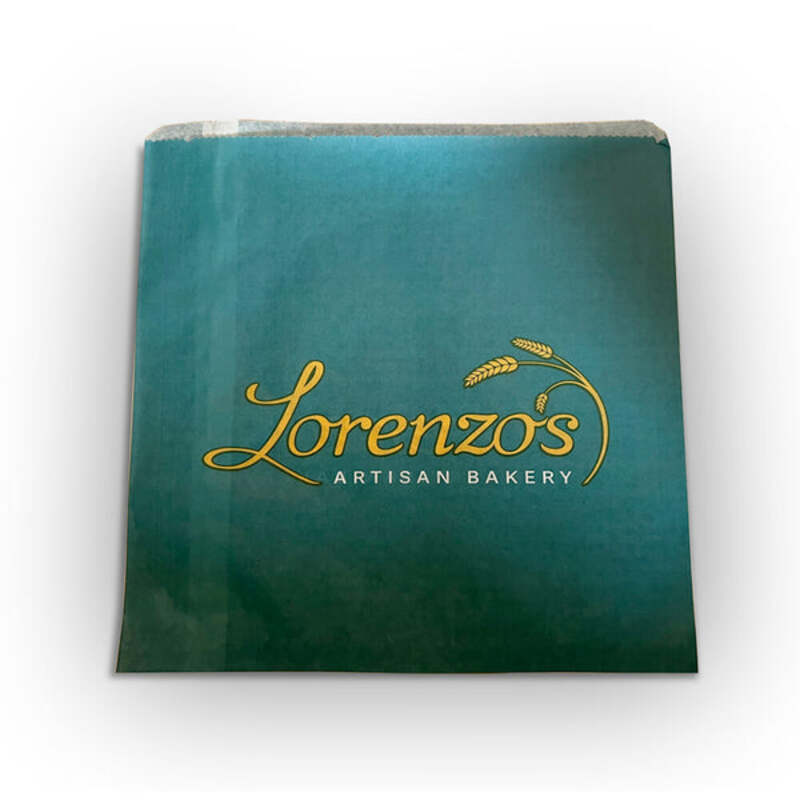The Versatility and Impact of Clear Plastic Bottles
Clear plastic bottles have become ubiquitous in our daily lives, serving a multitude of purposes across various sectors, from beverages to personal care and household products. Their transparent design offers a myriad of benefits, making them a popular choice not just for manufacturers but also for consumers. This article explores the versatility and impact of clear plastic bottles, highlighting their advantages, environmental concerns, and potential for innovation.
Versatility in Applications
Clear plastic bottles are primarily recognized for their role in packaging beverages such as water, soft drinks, and juices. Their transparent nature allows consumers to see the contents, creating an immediate sense of trust and assurance regarding the product's quality. This clarity is particularly beneficial in the food and beverage industry, where visual appeal can significantly influence purchasing decisions. Moreover, the lightweight and shatter-resistant properties of plastic make these bottles an ideal choice for transportation and distribution.
Beyond the beverage industry, clear plastic bottles are also widely used in personal care products, including shampoos, conditioners, and lotions. The clarity allows consumers to gauge the amount of product remaining, and they can serve as an attractive display for retail. In addition, these bottles are used for household cleaners, detergents, and other liquids, ensuring that the contents are easily visible while also adhering to safety standards.
Environmental Concerns
Despite their numerous advantages, clear plastic bottles have been at the center of environmental debates. The convenience of plastic packaging has led to excessive waste, contributing to pollution and impacting wildlife. According to various reports, millions of plastic bottles are used worldwide every minute, and a significant portion of these finds its way into landfills and oceans.
To mitigate these environmental concerns, manufacturers are increasingly turning to recycled materials in their production processes. Innovations in recycling technology have made it possible to create high-quality clear plastic bottles from post-consumer plastic. This not only helps to reduce waste but also conserves energy and resources consumed in producing new plastic materials.
Moreover, the industry is exploring biodegradable alternatives that can maintain the clarity and durability of traditional plastics while breaking down more easily in the environment. The introduction of bioplastics, made from renewable resources like corn starch and sugarcane, represents a promising step forward in addressing the environmental impact of plastic bottles.
clear plastic bottles

Consumer Responsibility
As consumers, we also play a critical role in managing the impact of clear plastic bottles. Developing a habit of recycling is paramount; however, it is equally important to support brands and companies that prioritize sustainability. Many businesses are now adopting circular economy principles, where products are designed with their end-of-life in mind, encouraging recycling and reuse.
Additionally, the rise of refillable and reusable bottles has been gaining traction. Many consumers are now choosing to purchase bottled beverages in bulk or opting for refill stations to reduce their reliance on single-use plastic bottles. This shift in consumer behavior points to an increased awareness of environmental issues and highlights the potential for positive change.
Future Innovations
Looking forward, the future of clear plastic bottles is bright, with innovation at the forefront. Research and development are underway to enhance the properties of plastic bottles, making them more lightweight, durable, and environmentally friendly. Brands are also exploring smart packaging technologies, which incorporate sensors to monitor product freshness or provide information directly to consumers.
The potential for combining clear plastic bottles with technology could revolutionize the sector, creating a more interactive and informative experience for consumers. Furthermore, as regulations surrounding plastic use become tighter globally, the push for sustainable materials and practices is likely to drive further innovation.
Conclusion
Clear plastic bottles are an essential part of our everyday lives, offering convenience and versatility across numerous applications. While they contribute to environmental challenges, there are significant strides being made in recycling, biodegradable materials, and consumer education. As society moves towards greater sustainability, the evolution of clear plastic bottles will continue to play an important role in balancing convenience with environmental responsibility. The future holds promise for a more sustainable approach to packaging, ensuring that clear plastic bottles can remain a viable option for years to come.



